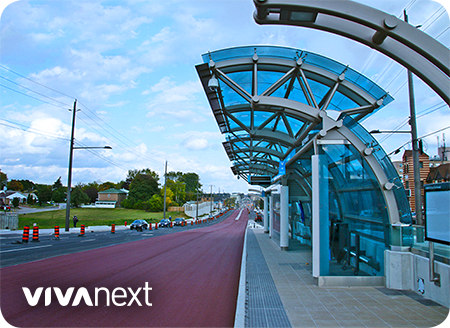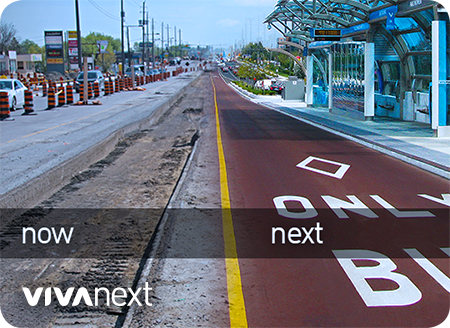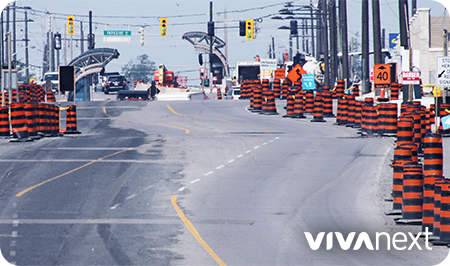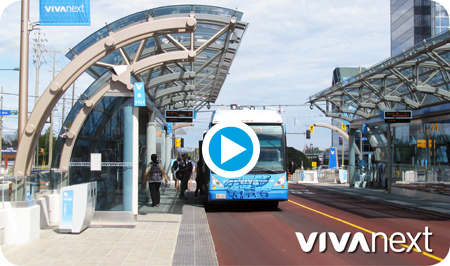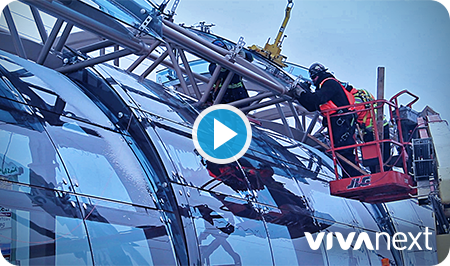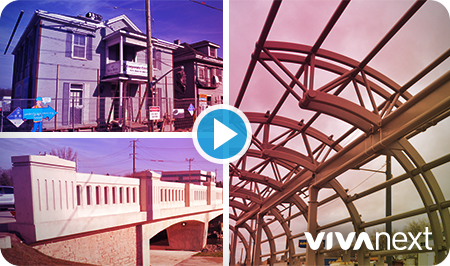We’re really counting down the days to the opening of the vivaNext rapidway service on Davis Drive from Yonge Street to Roxborough, and we bet you are too! You’ll know we’re in the final stages of construction once you see Viva buses out on the new rapidway.
Starting today, we will be doing systems testing on the new Davis Drive rapidway, in the Town of Newmarket, followed by driver training in November.
Training will be provided not only for Viva bus operators, but also for everyone who will need to be familiar with the rapidways, the stations and the equipment. Viva vehicles will be out on Davis Drive, taking customer service staff and other YRT/Viva staff along the rapidways to test and familiarize them with the new setup. Regular YRT transit service will continue to pick up passengers at curbside stops until testing and training is completed, and paving is fully finished. Signs directing passengers will be posted at the curbside stops.
Operator training will run from 7am to as late as 9pm on some nights, seven days per week. During this time you can expect to see Viva buses driving up and down the rapidway, stopping at the vivastations. The training will focus on entering and exiting the rapidway, with an emphasis on safely merging back into mixed traffic past Yonge Street and Roxborough.
Operator training will also focus on the new transit signals at intersections, which will display a single green arrow for Viva buses. This signal will be clearly marked as transit only, but Viva operators will be trained to be cautious and on the lookout to make sure members of the driving public are following the signals correctly and not turning into the rapidway lanes.
The trainees are all experienced Viva operators, so they know the route and the vehicle. They’re really excited to get going!


